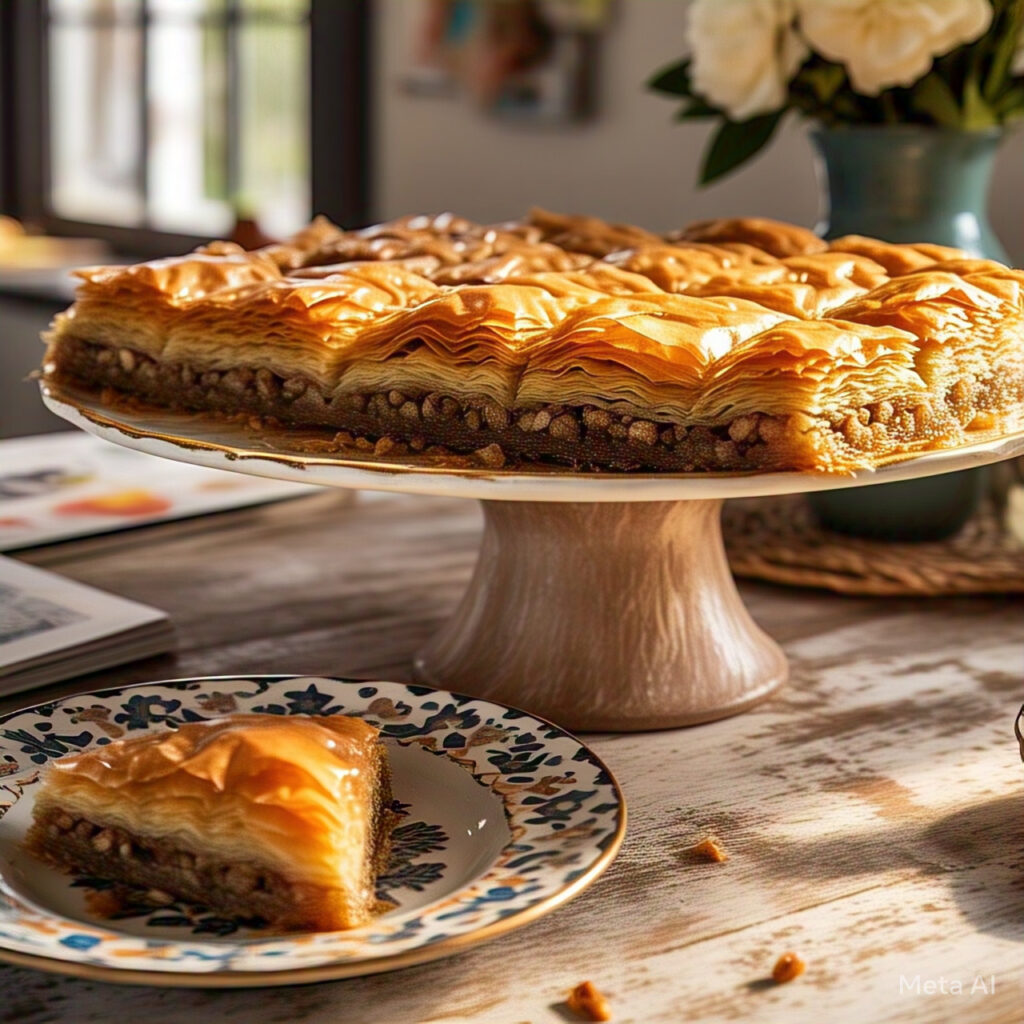1. Introduction: The Sweet Magic of Baklava
Baklava, with its delicate layers of flaky pastry, spiced nuts, and golden syrup, is more than just a dessert—it’s an experience. Originating from the Middle East and Mediterranean regions, this iconic treat has captured hearts and taste buds worldwide. In every bite, you’ll discover a harmony of textures and a burst of flavor that is simply unforgettable.

style="display:inline-block;width:420px;height:336px"
data-ad-client="ca-pub-1158046191341350"
data-ad-slot="1150077902">
style="display:inline-block;width:420px;height:336px"
data-ad-client="ca-pub-1158046191341350"
data-ad-slot="1150077902">
style="display:inline-block;width:420px;height:336px"
data-ad-client="ca-pub-1158046191341350"
data-ad-slot="1150077902">
